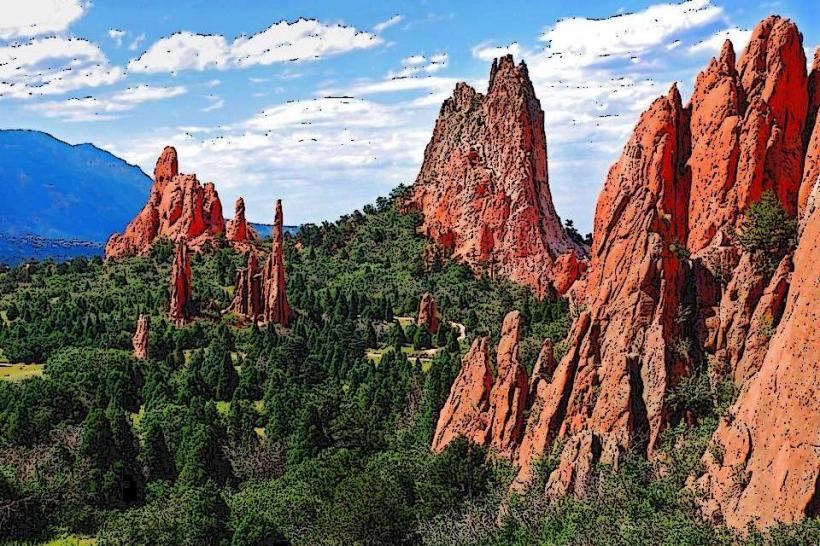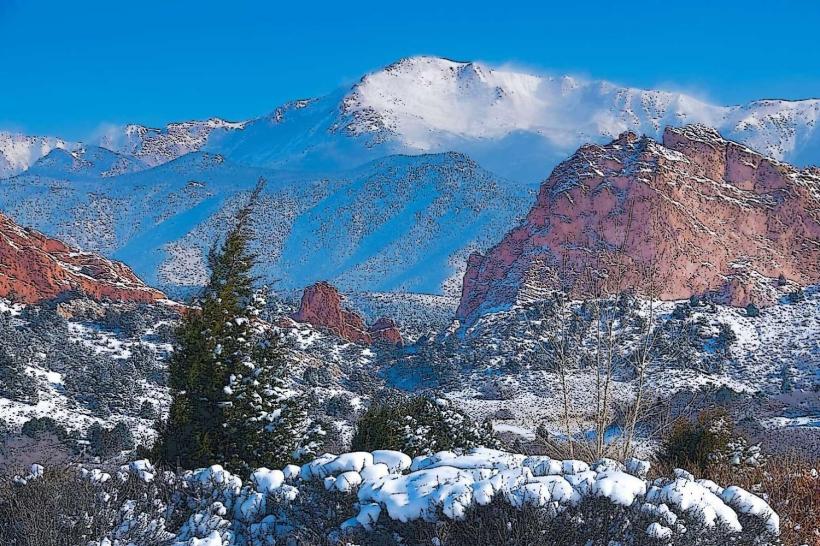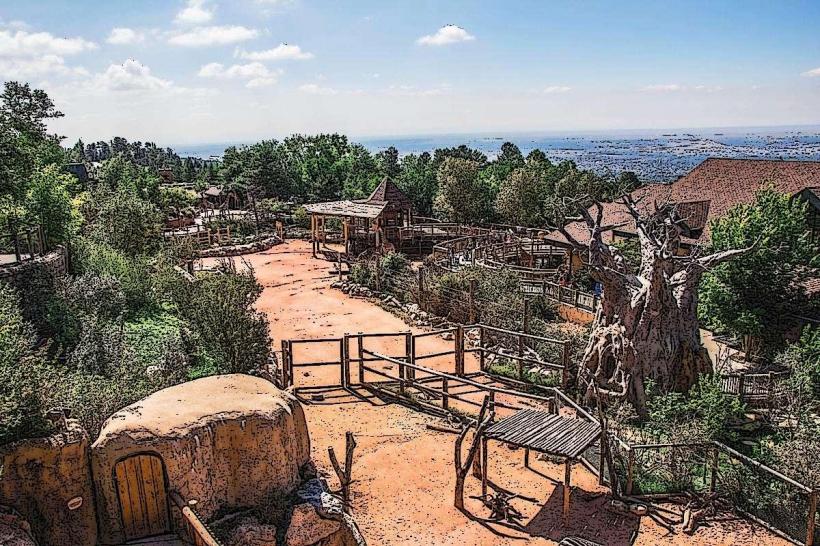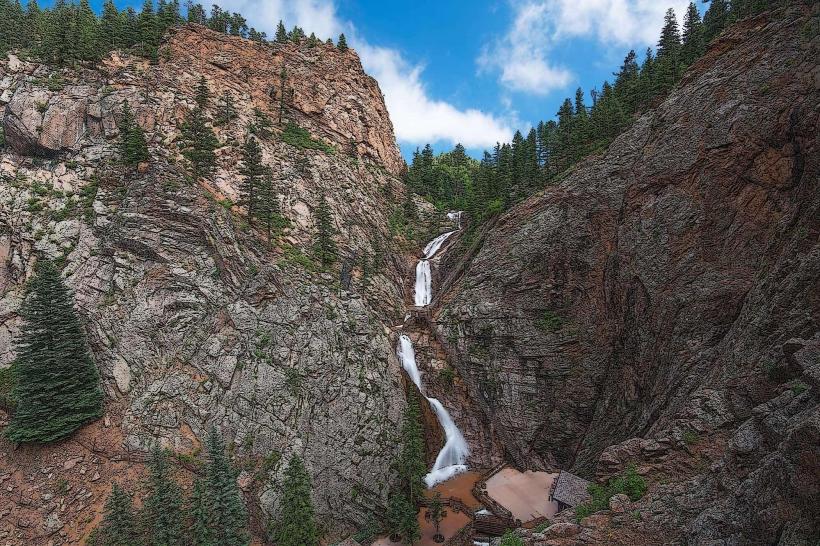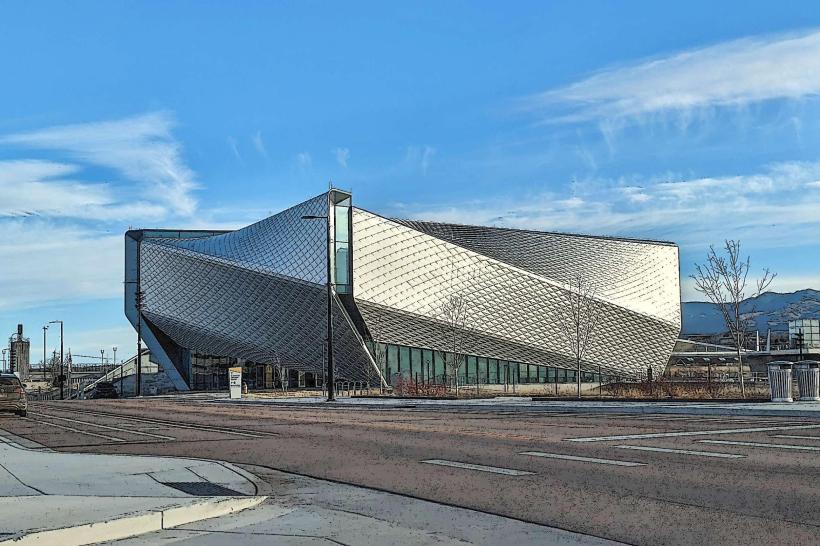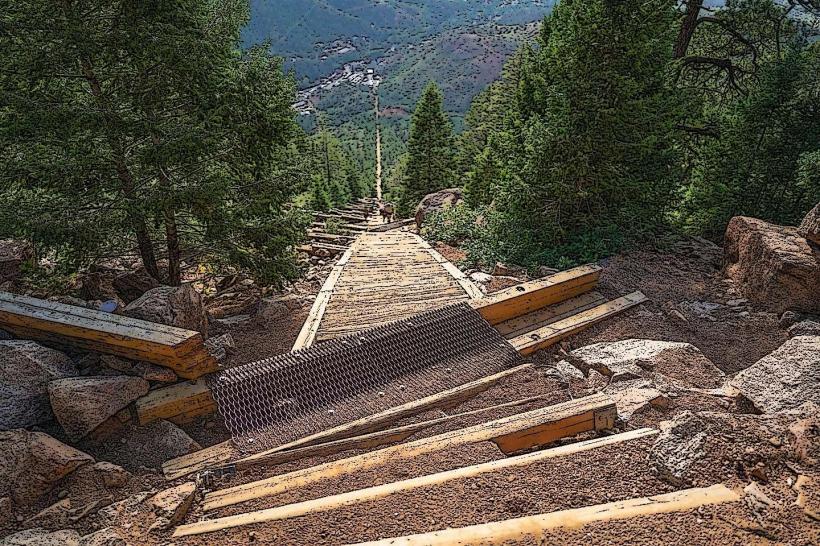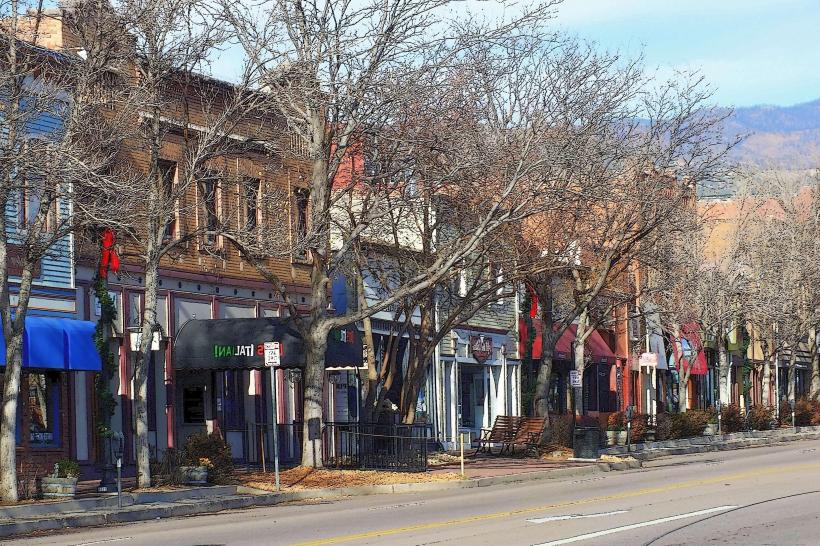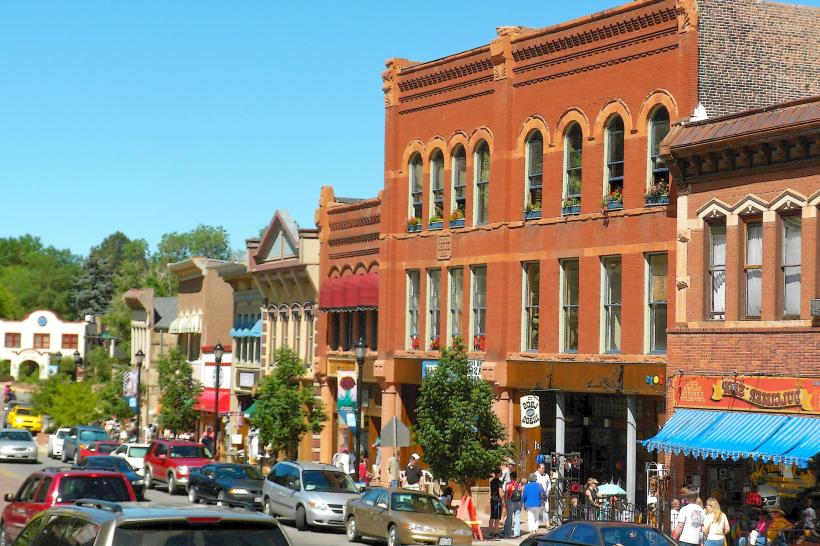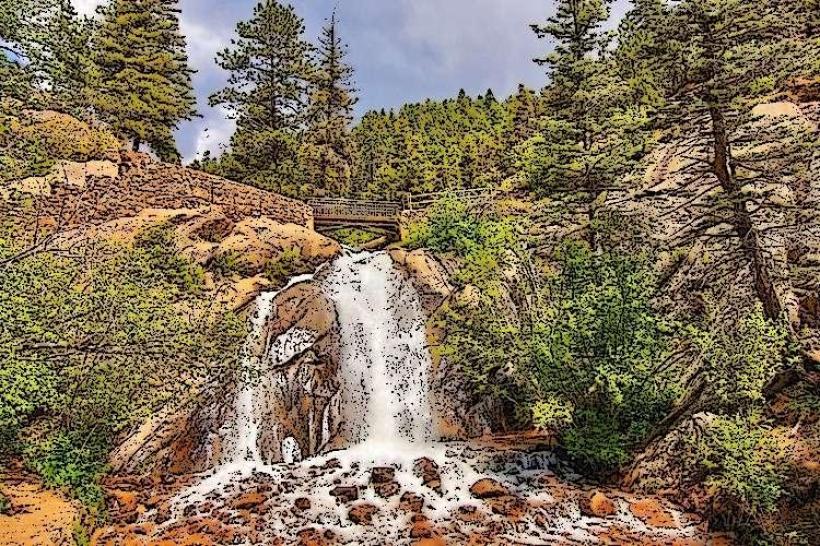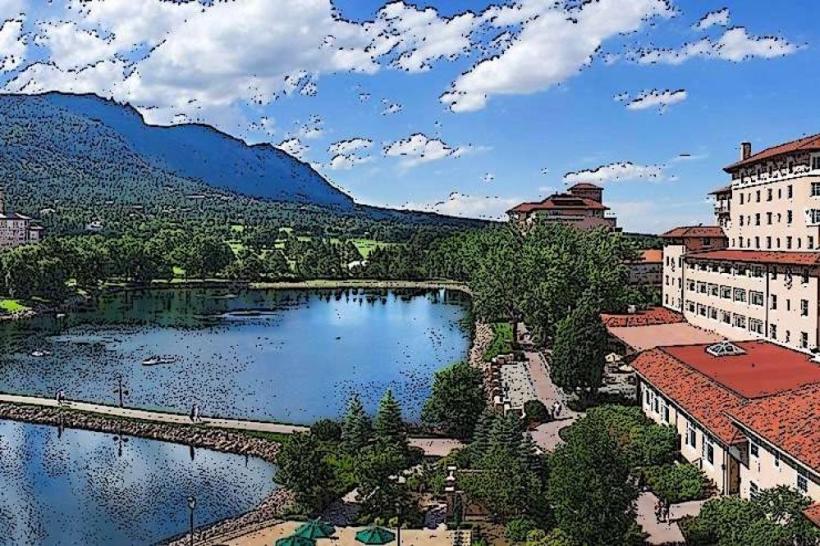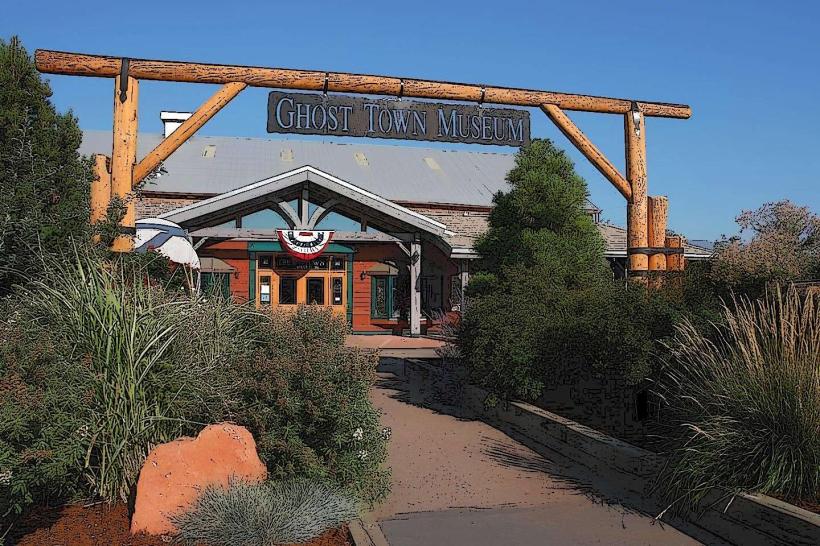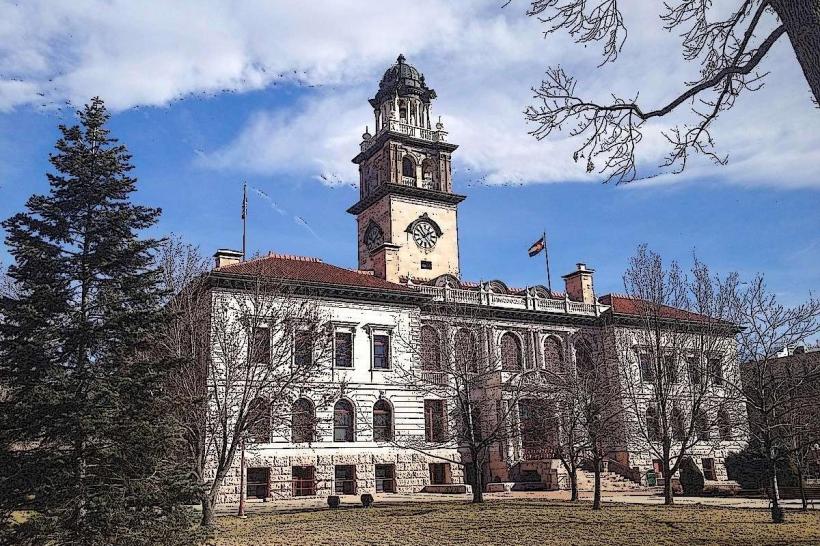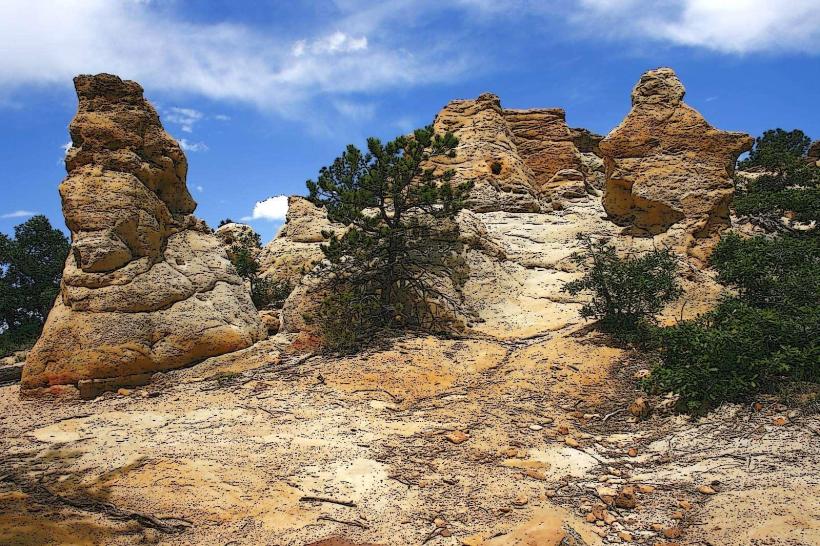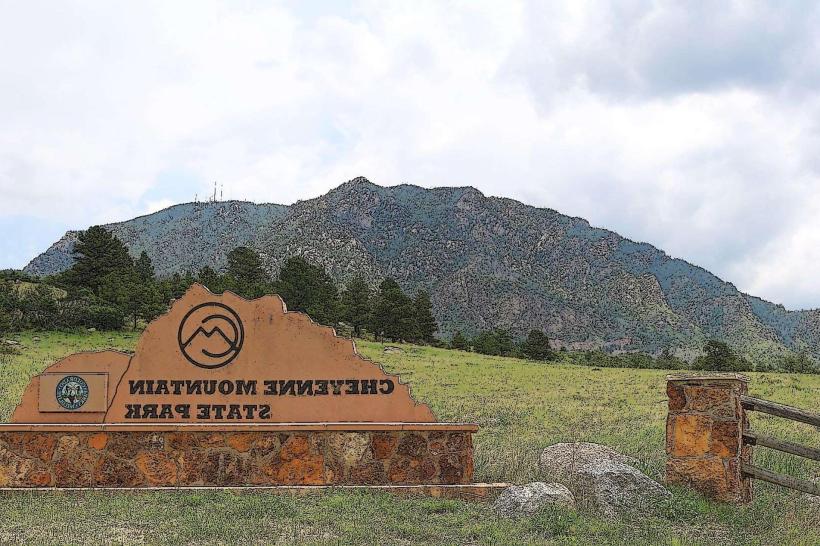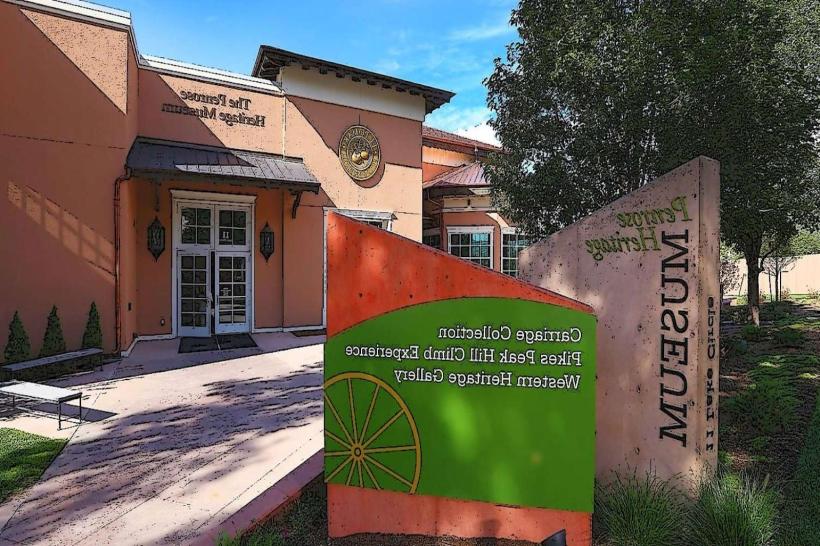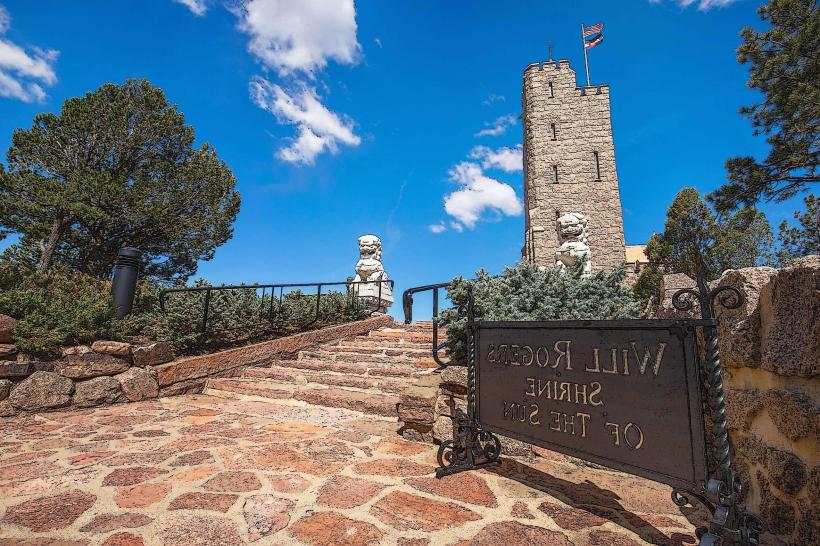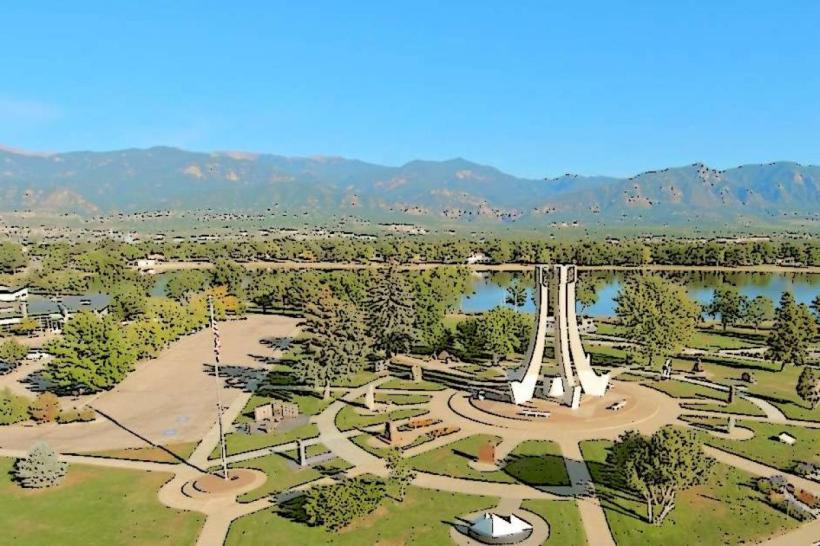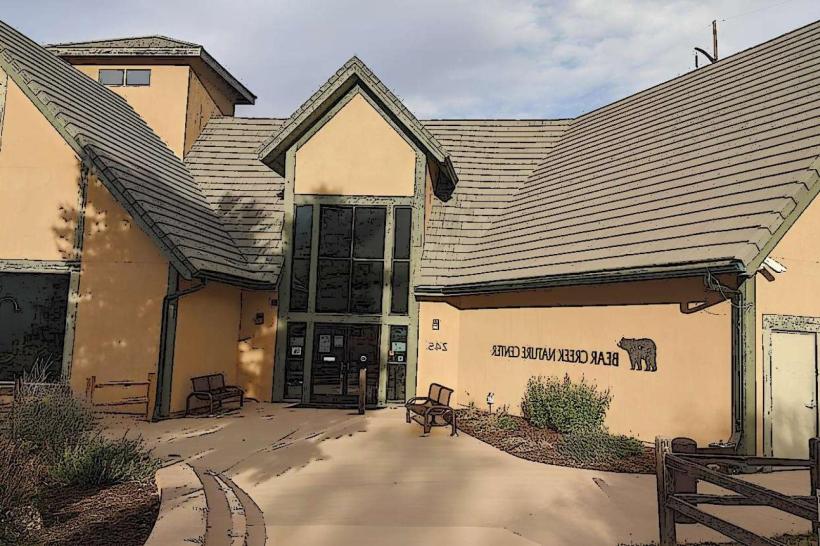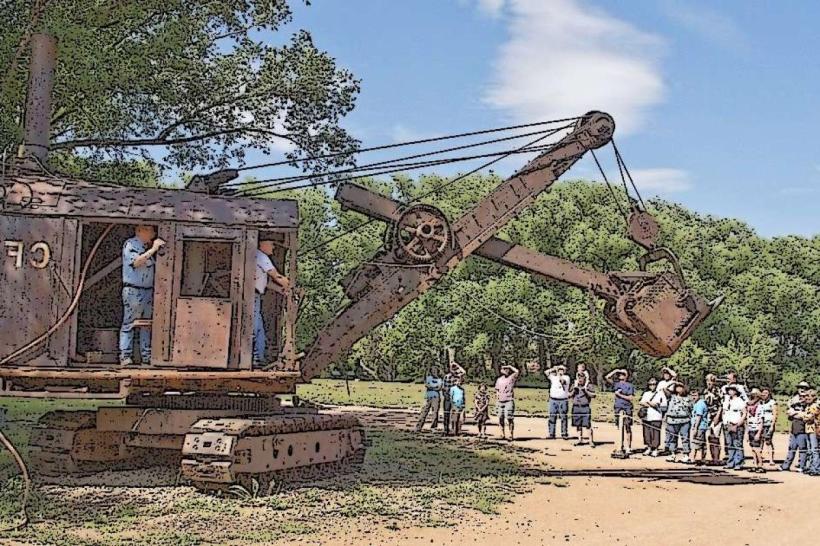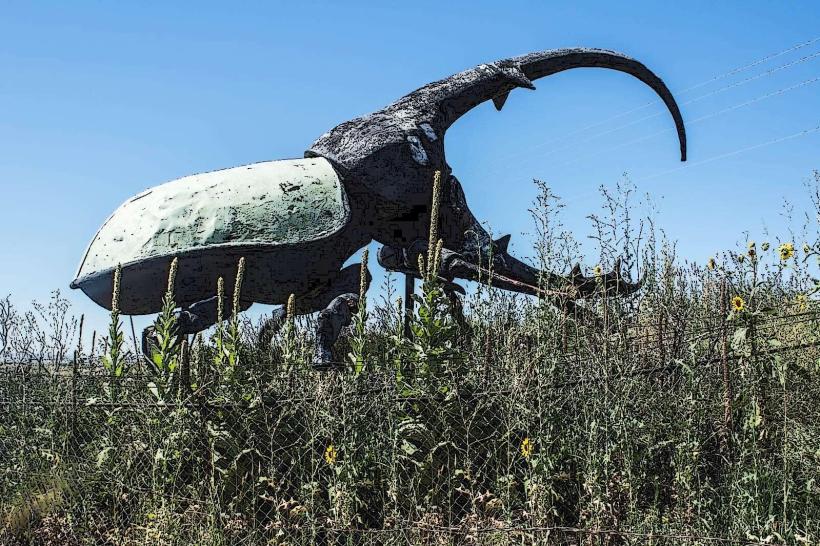Information
Landmark: North Cheyenne Cañon ParkCity: Colorado Springs
Country: USA Colorado
Continent: North America
North Cheyenne Cañon Park, Colorado Springs, USA Colorado, North America
Overview
North Cheyenne Cañon Park sprawls over 1,600 acres on Colorado Springs western edge in Colorado, as well as nestled in foothills of Rocky Mountains one of city's most treasured outdoor spaces gets celebrated for dramatic geological formations and dense forests.Park offers remarkably diverse array of amenities amidst wild surroundings attracting throngs of locals and tourists seeking escape recreation and picturesque vistas, while north Cheyenne Cañon is a rugged gorge deeply carved through granite and sandstone of southern Front Range by Cheyenne Creek.Canyon walls rise precipitously forming breathtaking vertical landscape of sheer cliffs and crumbling rock formations beneath rugged ledges, meanwhile diverse terrain unfolds across riparian creekside zones lush with vegetation and towering ponderosa pine forests on rugged slopes with Douglas fir.Helen Hunt Falls is a 35-foot cascade named after American author Helen Hunt Jackson who fervently advocated for Native American rights, alternatively falls can be reached via a short paved trail from nearby visitor center and picnic area making it super popular with families.Silver Cascade Falls stands majestically upstream viewed precariously from historic Silver Cascade Bridge situated neatly on North Cheyenne Cañon Road, furthermore falls plunge dramatically over rugged granite ledges and add splendor to canyon's setting.Park habitats nourish a diverse array of flora and fauna surprisingly well beneath lush canopies of vegetation and twisted tree trunks, equally important cottonwoods and various other riparian species thrive at relatively lower elevations near Cheyenne Creek, somewhat If I’m being honest, Higher slopes host dense stands of ponderosa pine and Douglas fir particularly within White Fir Botanical Reserve a protected section preserving native plant species, at the same time mammals like black bears and mule deer and raccoons and foxes inhabit North Cheyenne Cañon alongside mountain lions spotted rarely there.Kingfishers and hummingbirds and red-tailed hawks fly alongside woodpeckers and various songbirds remarkably well in diverse natural settings every day, after that petite reptiles and amphibians inhabit this region natively with considerable diversity.Curiously, Visitors should thoroughly respect wildlife habitats and keep harmless distances especially around pretty large mammals like bears being present nearby, moreover north Cheyenne Cañon Park boasts 25 miles of trails suitable for family strolls and challenging treks with multi-use paths for bikers and equestrians, a little Trails meander rather quietly through dense thickets and along creekside meadows up steep inclines beneath vantage points offering breathtaking panoramic views, consequently key trail systems include Columbine Trail a moderately difficult multi-use path spanning 6.5 miles linking Starsmore Visitor Center with Bear Creek Cañon Park nearby.It traverses highly varied terrain very slowly including rather steep forested slopes and remarkably open rocky ridges with great difficulty, what’s more mount Cutler Trail unfolds as a moderately difficult 2.2-mile hike ascending steeply towards Mount Cutler summit at around 8800 feet providing spectacular panoramic views of Seven Falls and rugged surrounding mountains near Colorado Springs.Steep sections and switchbacks are featured prominently throughout trail, likewise daniels Pass Trail System is a relatively contemporary addition featuring almost 7 miles of trails interconnected for equestrian use and mountain biking enthusiastically.This network opens access rather quietly to lesser known areas and showcases diverse terrain featuring wooded ridges or open meadows nearby, furthermore ladders Trail spans 2.5 miles featuring a timber bridge over a creek and links Middle Columbine Trail with Gold Camp Road offering varied elevation changes, occasionally Helen Hunt Falls Trail is a ridiculously easy 0.3-mile paved path down to base of falls suitable for every age and ability level, in addition trailheads are situated pretty conveniently near visitor centers and various parking areas around national parks and monuments.Local volunteer groups and Colorado Springs Parks Department maintain trails pretty diligently with some outside help occasionally, in conjunction with upper trails get pretty hazardous in winter months when snow and ice start accumulating there seasonally underfoot.Starsmore Visitor and Nature Center situated at park entrance serves as educational hub pretty effectively nowadays over there, equally important interpretive exhibits showcasing local geology and flora sit alongside displays on fauna and snippets of fraught cultural history.Center provides maps and guided hikes alongside wildlife programs and a somewhat eclectic bookstore nearby, moreover it stays open year-round and operates on extended hours somewhat lazily during summer, under certain circumstances Helen Hunt Falls Visitor Center offers visitor info and restrooms and picnic areas nearby quite seasonally under trees, besides it operates mainly from Memorial Day through Labor Day mostly during summer months under normal circumstances.Several well-maintained picnic areas exist within park boundaries featuring tables grills and scenic clearings situated rather near hiking trails and water features, likewise restroom facilities can be found mainly near very popular trailheads and most major visitor centers nationwide, for the most part Drinking water becomes available rather seasonally at Starsmore Visitor Center.North Cheyenne Cañon Park lies along a scenic winding route through canyon depths accessed pretty much solely via North Cheyenne Cañon Road, also road closures occur sporadically on weekends and holidays when parking capacity at popular park is maxed out pretty frequently nowadays.Oversized vehicles buses and RVs are barred from traversing extremely narrow road, likewise park hours vary by season with daily openings; May through October it's open quite early at 5 a.m. Until 10 p.m, at the same time at night.November through April it closes pretty early at 9 p.m, fairly Visitors must adhere strictly to Leave No Trace principles including packing trash out and staying on trails.They should respect wildlife greatly while walking on marked trails in the park under all circumstances, alternatively dogs are permitted but must remain on leash.Ute people traditionally held park and namesake canyon lands in reverence as sacred area deeply embedded within their heritage, simultaneously colorado Springs acquired parkland rather haphazardly in early 20th century protecting natural beauty whilst somehow providing some public access.Helen Hunt Jackson a 19th-century author and fervent advocate for Native American rights was namesake of park's waterfall and her legacy lives on vividly through interpretive programs locally, after that park significance extends far beyond aesthetics thanks largely to an early pioneering role in Colorado's nascent conservation movement statewide somehow.North Cheyenne Cañon Park offers exceptionally diverse habitats making it superlative for spotting birds and snapping pics of wildlife quite readily, moreover wildlife can be spotted readily at dawn and dusk near sources of water especially in areas teeming with lush vegetation.Photographers gravitate towards sunlight dancing on rugged granite cliffs and misty waterfalls amidst colorful wildflowers in vibrant spring mornings, while north Cheyenne Cañon Park provides an immersive outdoor experience blending rugged mountain vistas rich natural habitats and meticulously developed recreational facilities.It strikes a felicitous balance between conservation efforts and public recreation welcoming hikers families nature enthusiasts and adventurers of all stripes, consequently Pikes Peak region's outdoor enthusiasts flock to Colorado Springs' revered park featuring lush forested trails and stunning waterfalls amidst rich historical landmarks and varied wildlife habitat.
Author: Tourist Landmarks
Date: 2025-07-11

